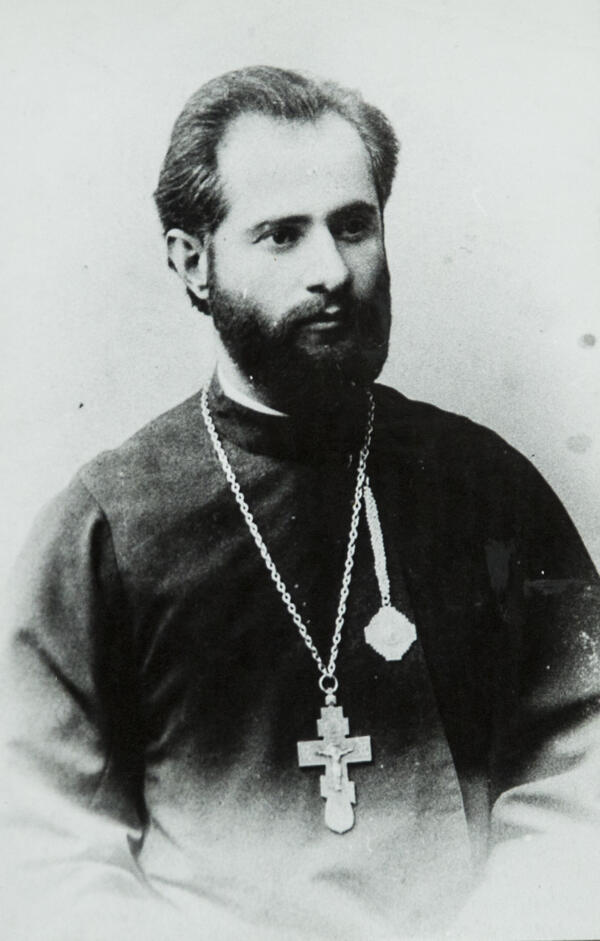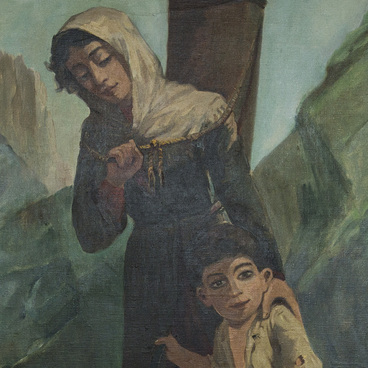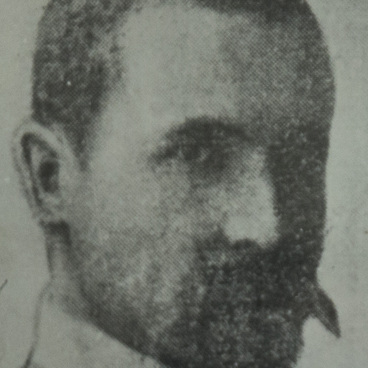In the second half of the 19th century and the start of the 20th century, a national intellectual society was formed in Ossetia. Many of its members were already educated in higher educational institutions in Russia and therefore shared the advanced views of the progressive part of Russian society. This young intellectual society threw all of its forces into educating its people, contributing to the development of a national culture, and the progress of social, political, scientific, and social life in Ossetia.
Professional Ossetian literature was of particular importance for educators. In its formation, an important role was played by people who were interested both in their duty and vocation in ensuring that the works of Ossetian authors were published regularly and were always accessible to the common people.
One of these people was Pora (Christophor) Dzhioev. In 1873, he was born into the large family of Archpriest Zurab Dzhioev and Ketevan Kokoeva in the village of Dzau. He graduated from the Tiflis Theological Seminary and the Kiev Theological Academy, after which he moved to Tiflis in 1899. There, he served in the Zion Cathedral, taught at the First Men’s Gymnasium, and married Sophia Vardiashvili, a sister of a priest. Dzhioev also worked with the Caucasian Censorship Committee; he examined every work in the Ossetian language that was published on either side of the Caucasus mountains. He worked as a censor for the newspaper “Nog Tsard”, the magazines “Aefsir” and “Khury Tyn”, and edited plays that were put on by an Ossetian drama club.
After moving to South Ossetia, Dzhioev continued to work in the field of culture and education. He established a pedagogical school in Tskhinvali, and became its first director and teacher of the Russian language and literature. Later, Pora Zurabovich promoted the opening of the Museum of South Ossetia’s Local Lore, where he worked until the end of his life.
It was Dzhioev who made many efforts to ensure that Kosta Khetagurov’s supreme collection of poems Ossetian people, “Iron Fendyr” (“Ossetian Lira”), was published, despite resistance from the poet’s opponents.
Pora Dzhioev died in 1935. He was buried in Tbilisi in Kukiyskoe Cemetery, where his father, wife, and close relatives were also buried.
Professional Ossetian literature was of particular importance for educators. In its formation, an important role was played by people who were interested both in their duty and vocation in ensuring that the works of Ossetian authors were published regularly and were always accessible to the common people.
One of these people was Pora (Christophor) Dzhioev. In 1873, he was born into the large family of Archpriest Zurab Dzhioev and Ketevan Kokoeva in the village of Dzau. He graduated from the Tiflis Theological Seminary and the Kiev Theological Academy, after which he moved to Tiflis in 1899. There, he served in the Zion Cathedral, taught at the First Men’s Gymnasium, and married Sophia Vardiashvili, a sister of a priest. Dzhioev also worked with the Caucasian Censorship Committee; he examined every work in the Ossetian language that was published on either side of the Caucasus mountains. He worked as a censor for the newspaper “Nog Tsard”, the magazines “Aefsir” and “Khury Tyn”, and edited plays that were put on by an Ossetian drama club.
After moving to South Ossetia, Dzhioev continued to work in the field of culture and education. He established a pedagogical school in Tskhinvali, and became its first director and teacher of the Russian language and literature. Later, Pora Zurabovich promoted the opening of the Museum of South Ossetia’s Local Lore, where he worked until the end of his life.
It was Dzhioev who made many efforts to ensure that Kosta Khetagurov’s supreme collection of poems Ossetian people, “Iron Fendyr” (“Ossetian Lira”), was published, despite resistance from the poet’s opponents.
Pora Dzhioev died in 1935. He was buried in Tbilisi in Kukiyskoe Cemetery, where his father, wife, and close relatives were also buried.



